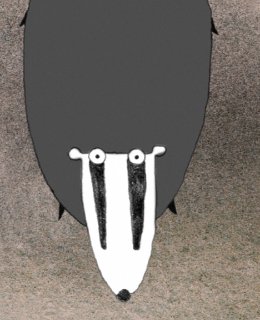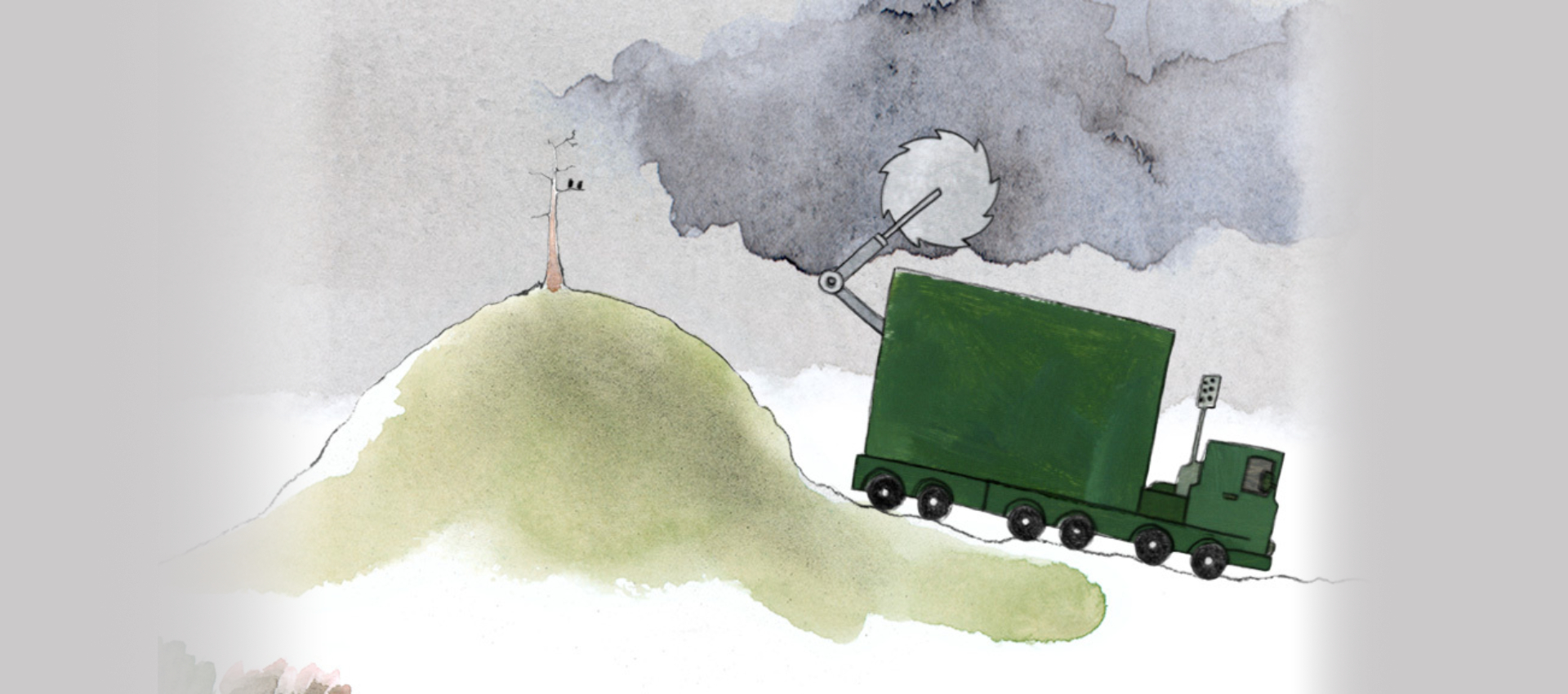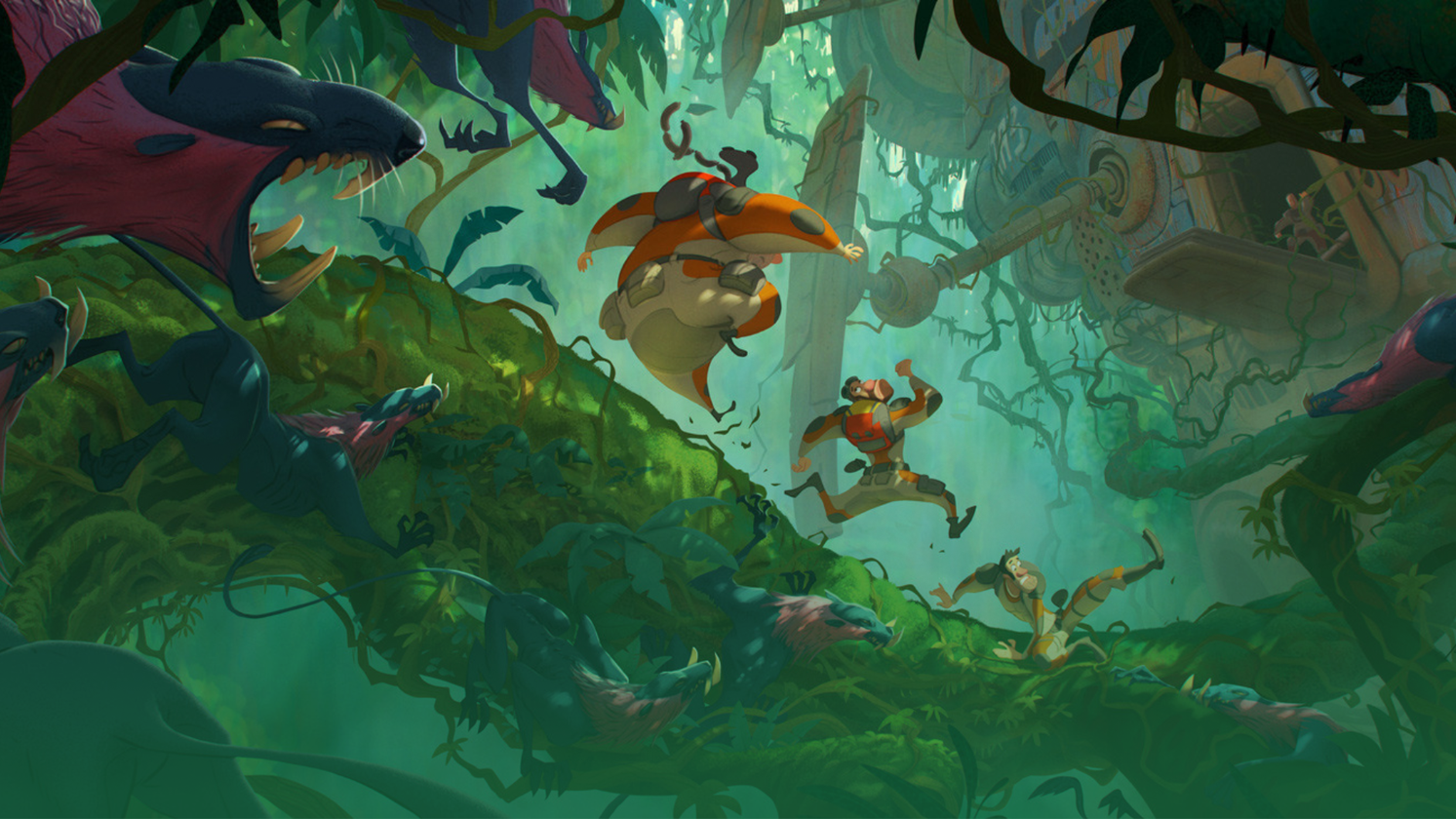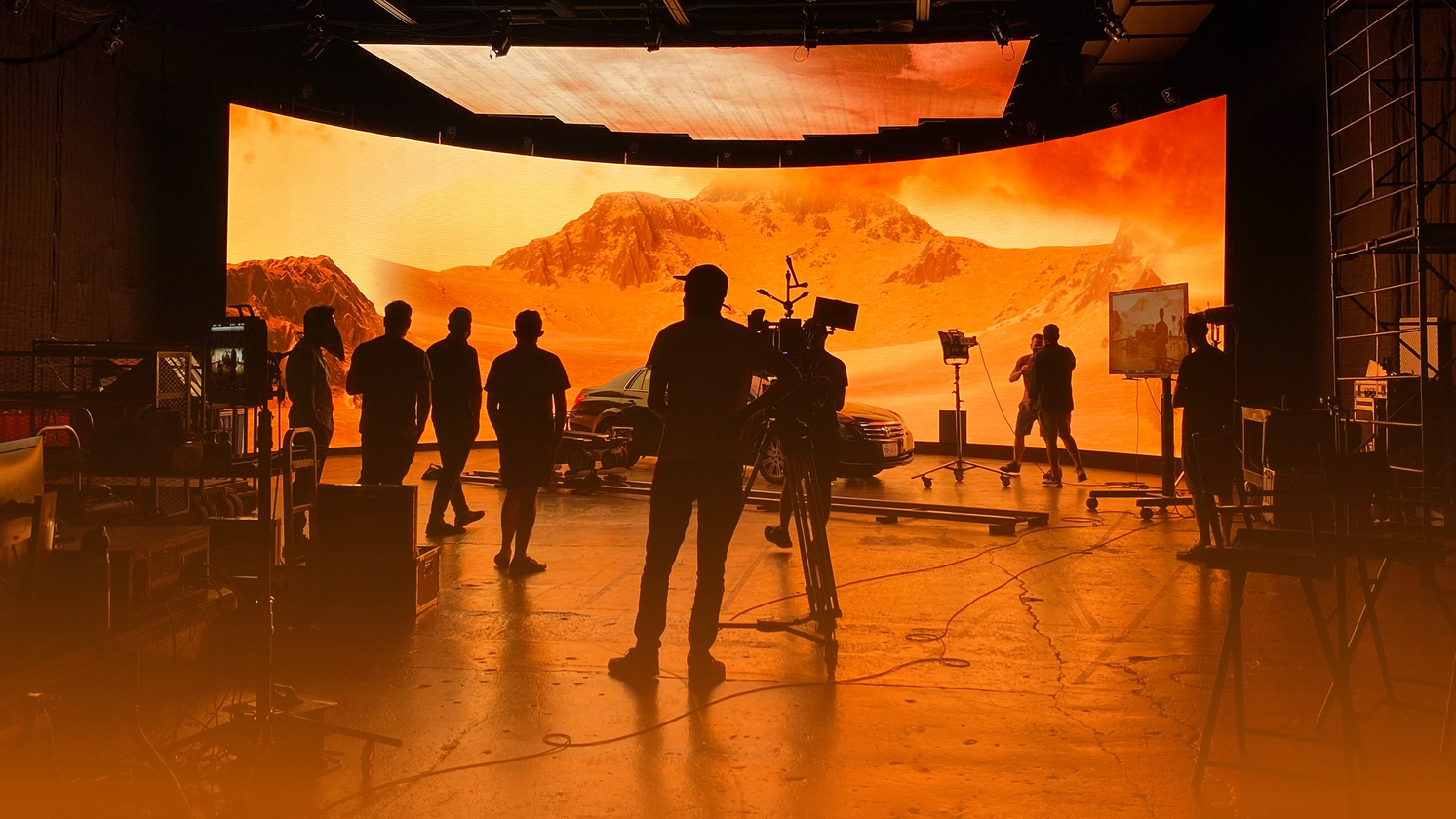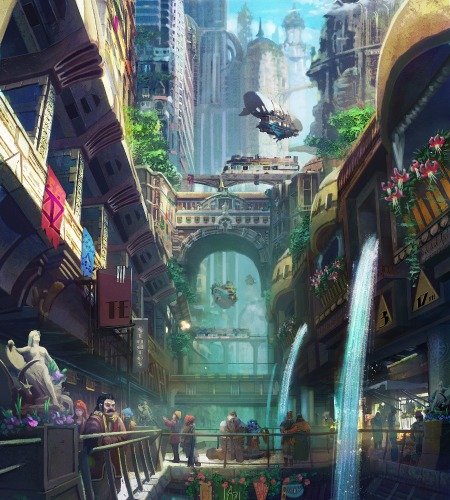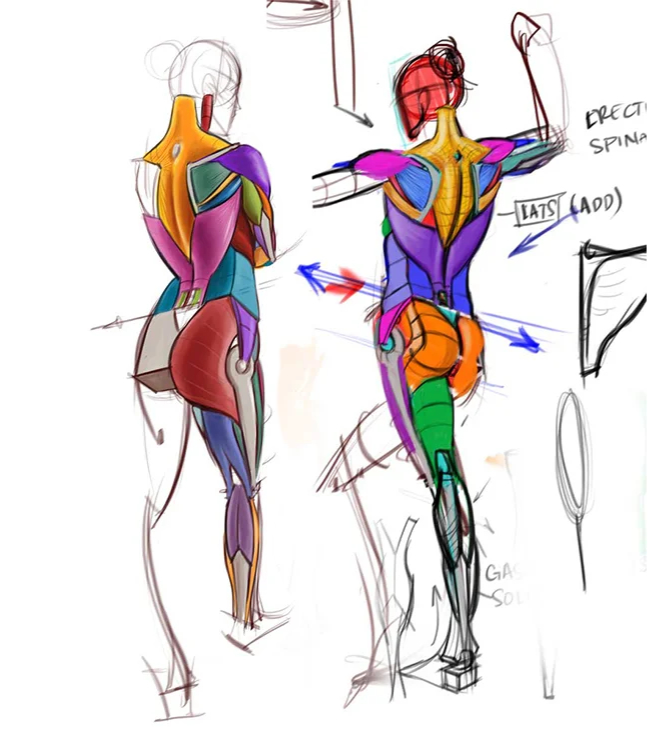Make your ideas come to life
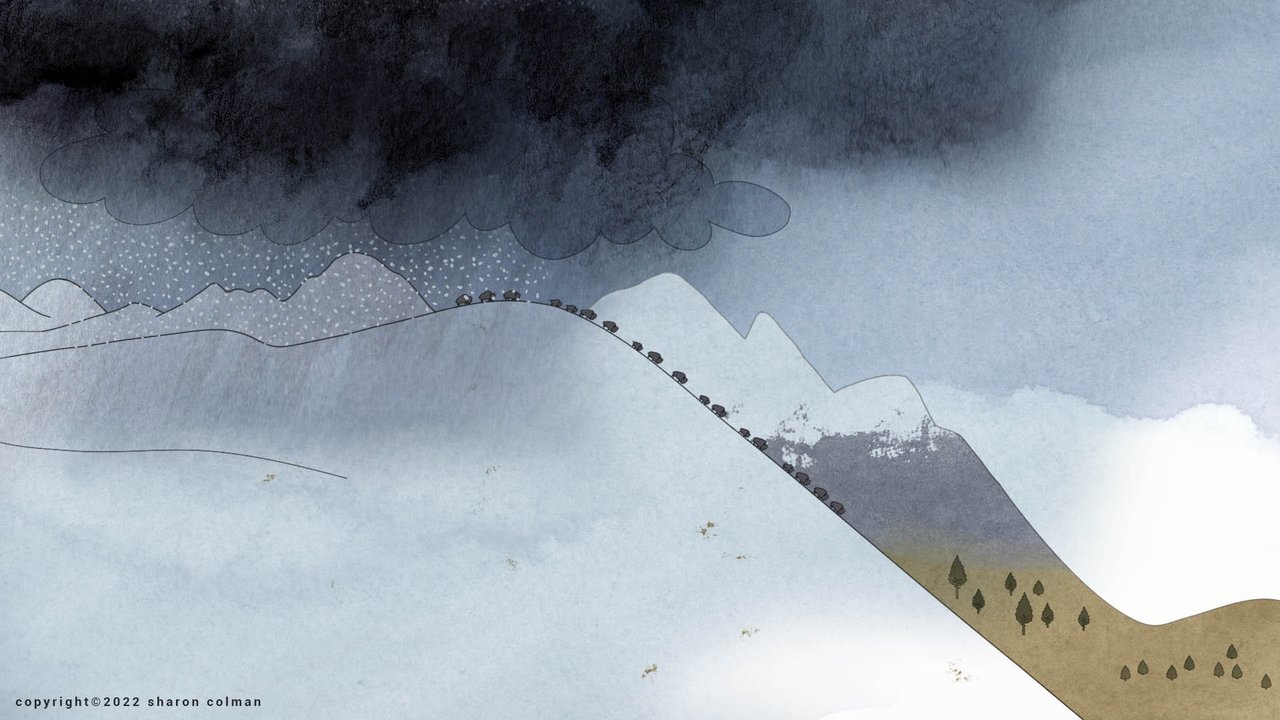
The goal of this course is to give you (the student) the necessary practical skills to make your own short film a reality. I will take you through the production process of making an animated short from concept, ideas to finished film, and distribution. We will break the process down into manageable parts that are easy to digest. We will set realistic expectations for your own personal project and discus the best plan of action to set you up for success.
During this course you will: 1. Explore your own ideas and take those ideas and develop them into a story. We will go through the storyboard process, structure, character and plot. 2. Demystify the production process. 3. Explore a variety of different short films to inspire and show the wide range of possibilities that a short has to offer. 4. Be informed about the practical side of financing your project, distribution options, and which ones are best for you.
Course Format
Skills Level
Duration
Q&A
Feedback
Lecture Type
The more you know, the better.


What makes this learning experience unique?
PERSONALIZED FEEDBACK
Receive personalized feedback on all assignments from the industry’s top professionals.
LIFETIME ACCESS
Enjoy lifetime access to the spectrum of course content, including lectures, live Q&As, and feedback sessions.
CERTIFICATION
Show off your Certification of Completion when you turn in 80% of course assignments.
FLEXIBLE LEARNING
Learn anywhere, anytime, and at your own pace with flexible, online course scheduling.
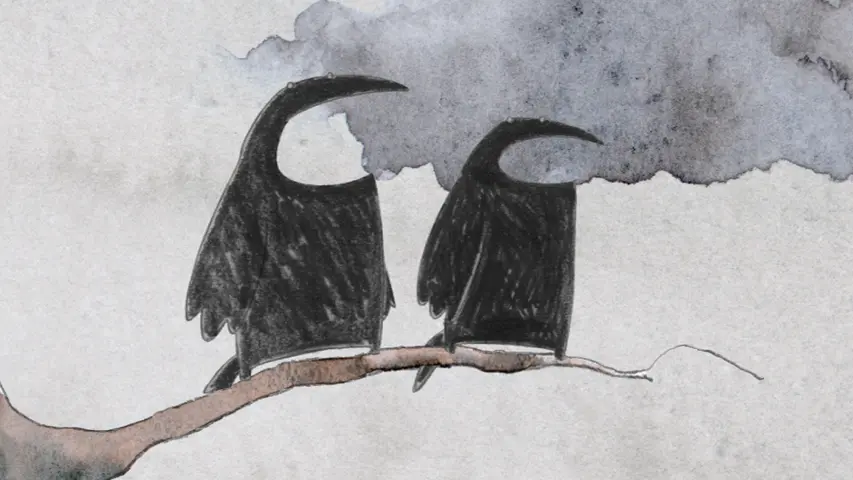
Need guidance? We’re Here to Help.
We can help with admissions questions, portfolio review/course recommendations!
